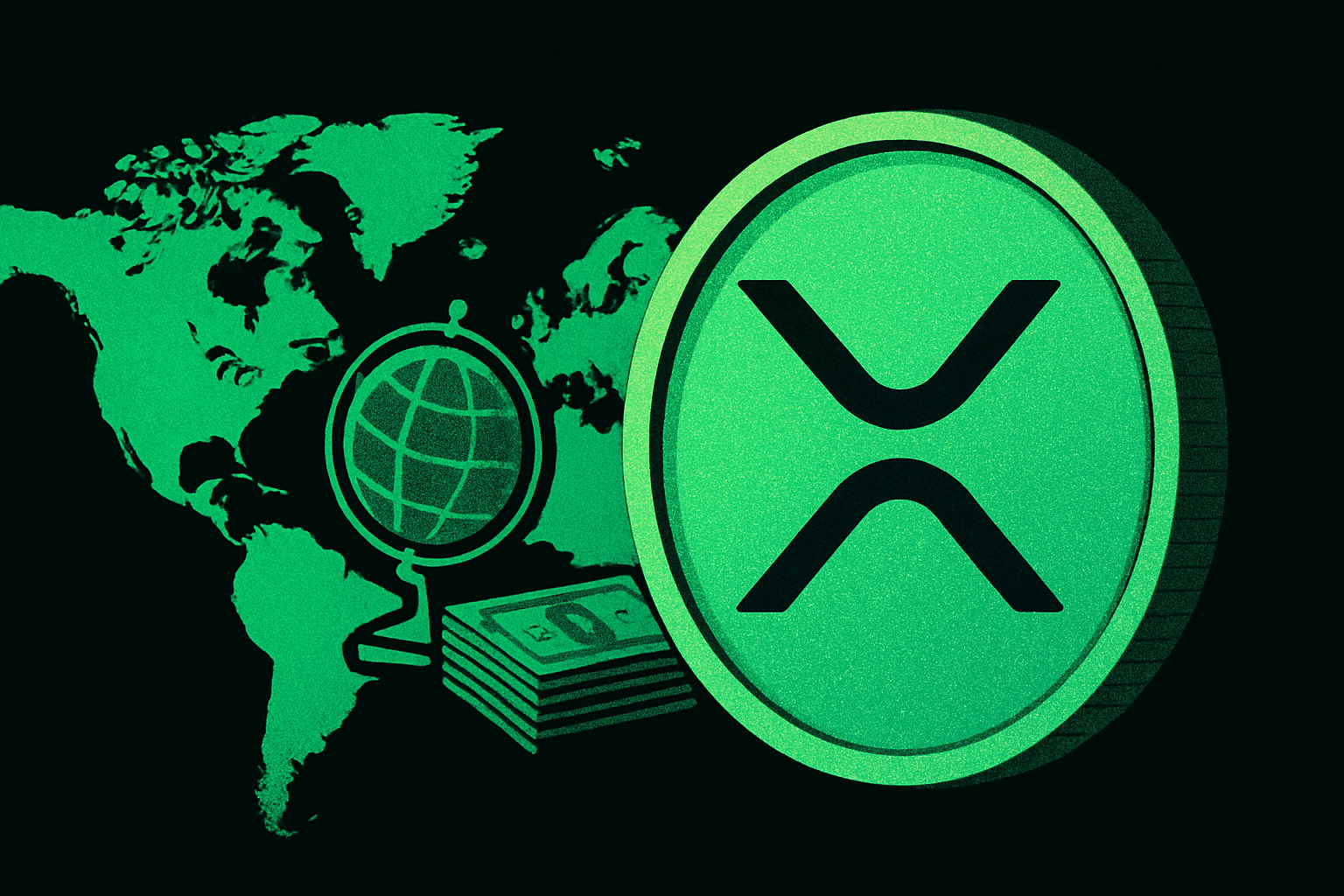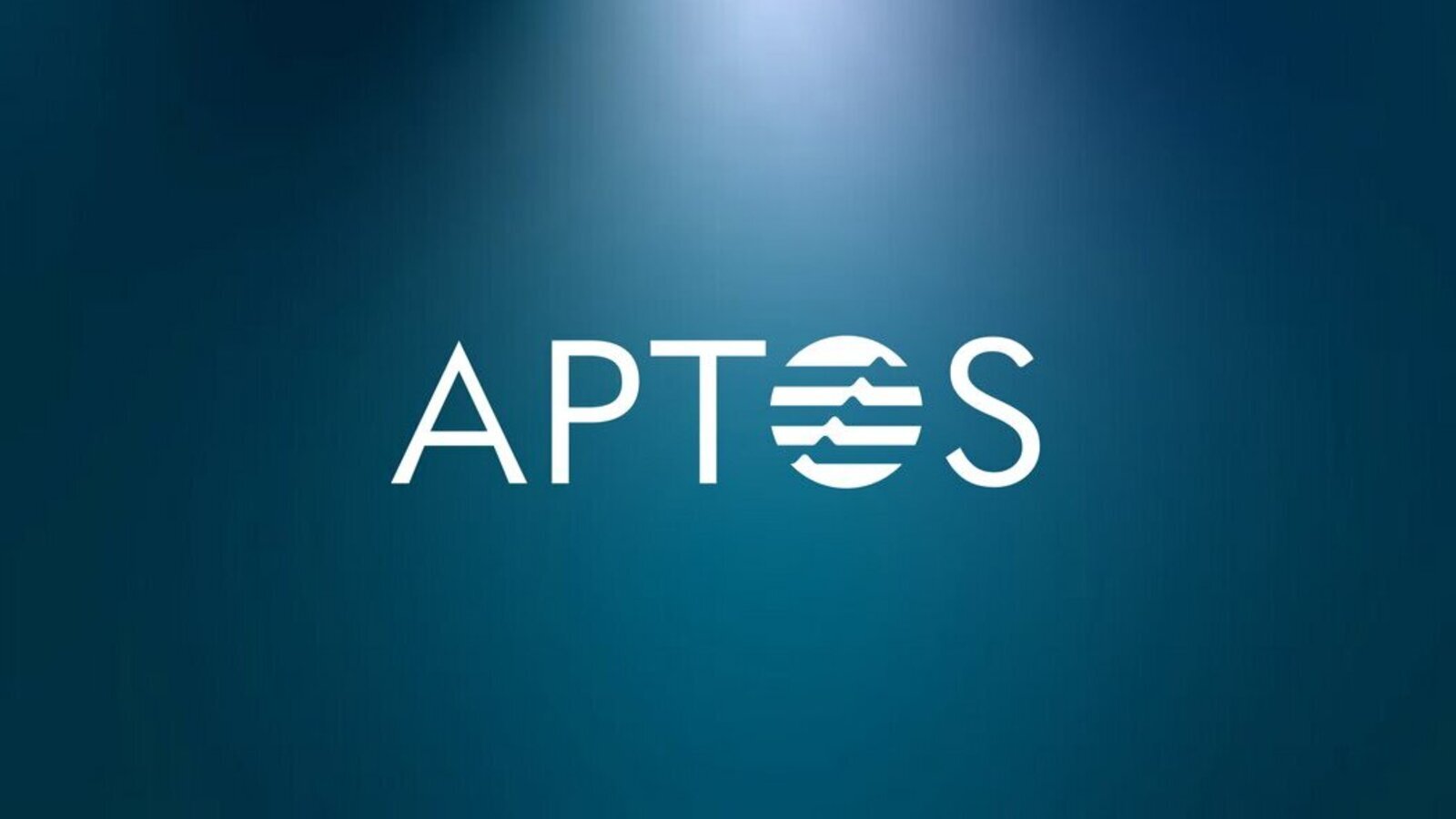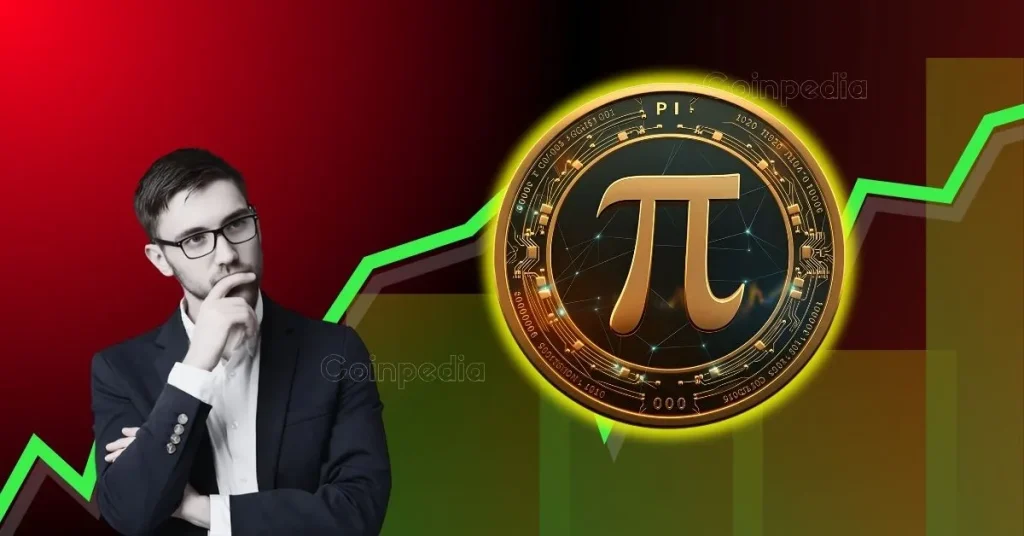ARTICLE AD BOX

- Ripple CEO Brad Garlinghouse has called SWIFT outdated, stating that XRP is better suited for today’s fast and low-cost cross-border payments.
- Since it launched back in 1973, SWIFT has been the go-to system for helping banks and financial institutions handle global transactions.
Research analyst SMQKe recently broke it down on X, saying that the Society for Worldwide Interbank Financial Telecommunication (SWIFT) functions a lot like email. The messages go one way, and each transaction has to be manually checked and confirmed by the banks before the money actually settles. Ripple (XRP), on the other hand, takes a much more efficient route.
At XRP APEX 2025 in Singapore, Ripple CEO Brad Garlinghouse delved into what he calls the battleground: “liquidity.” While SWIFT handles messaging and banks’ own liquidity, Garlinghouse believes true innovation comes from controlling liquidity. He told attendees that if XRP takes over the liquidity layer, that’s when it truly benefits XRP. He confidently projected:
There are two parts to SWIFT today: messaging and liquidity. Liquidity is owned by the banks. … If you’re driving all the liquidity, it is good for XRP … so I’ll say five years, 14%.
Messaging is foundational, but liquidity moves the money. Garlinghouse emphasized that gaining dominance in liquidity, where money is actually handled, will redefine global payments: “The future of global finance will be shaped by liquidity, not just messaging systems.”
What This Means Practically
The XRP Ledger (XRPL) brings real-world speed and efficiency to the table, capable of handling up to 1,500 transactions per second with confirmation times of just 3 to 5 seconds. Compare that to SWIFT’s 1–5 day settlement window, and the difference is massive. Even Bitcoin and Ethereum don’t come close to this. They are processing around 7 and 30 transactions per second, respectively.
The XRP Ledger runs on something called the Ripple Protocol Consensus Algorithm (RPCA), which means it doesn’t rely on energy-hungry mining or complicated block creation like Bitcoin does. Instead of relying on energy-heavy mining like older blockchains, the XRP Ledger runs on a decentralized network of trusted validators that come to an agreement on transactions every few seconds. That means payments are not only fast and cheap, but also much more environmentally friendly.
And the XRPL isn’t just sitting still; developers from all over the world are constantly working on it, rolling out improvements and upgrades to keep it efficient and up to date.
One of Ripple’s most powerful tools is its On-Demand Liquidity (ODL) feature. It lets banks and financial institutions use XRP as a bridge between currencies, allowing money to move across borders in seconds, without having to stash huge amounts of cash in foreign accounts. It’s a smooth process: local currency gets converted to XRP through an API, transferred across the XRPL in seconds, and then swapped back to the recipient’s currency. Quick, efficient, and way ahead of the traditional system.
We recently covered how the Dubai government issued digital assets directly on the XRPL through a local issuer, slashing transaction fees by 50%. Meanwhile, new protocol upgrades like the Deep Freeze amendment are boosting compliance and security, two things that matter deeply to institutional investors. According to a report from CNF and a study by Boston University, banks that integrate Ripple’s technology can cut their total processing costs by up to 60%.
At the time of writing, XRP is trading at $2.13 as it attempts to break through a key resistance level at $2.19 after losing 2.12% in the last 24 hours. If it manages to push past the $2.60 mark, analysts believe it could climb to $5.50 in the near term.
.png)
 3 hours ago
2
3 hours ago
2








 English (US)
English (US)